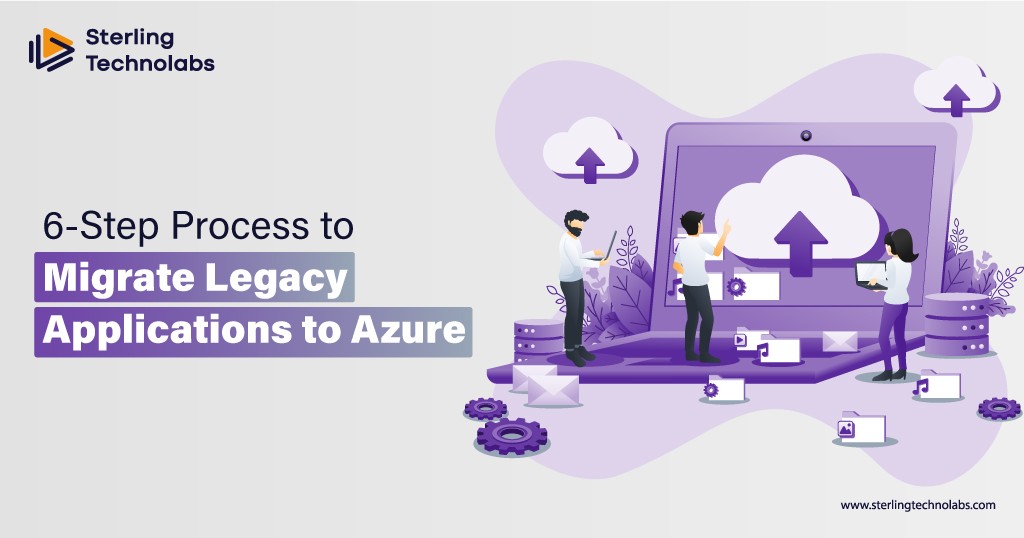Businesses that achieve success and a reputation for being trustworthy often advocate for communication being the key to all those and more. When we talk about communication from a business perspective, the first thought that comes to mind is often communication that happens inside a business, meaning which is inter employees. While that is true, a major aspect of a successful business is its communication with its client and audience. Healthy communication with clients ensures a firm's better relationship with them. Brand-client communication is a vital aspect of customer relationship management eCommerce. Lately, more and more firms are beginning to realize this fact and hence becoming quick to jump on the bandwagon of CRM software, which stands for client relationship management. Let us have a detailed look into what it exactly is.
What is CRM?
As mentioned above, CRM stands for customer relationship management and it's a type of management software that focuses on helping businesses strengthen their relationship with clients by using a more clear and direct communication strategy. This software is further branched out into three types. They are as follows
Types of CRM
Operational CRM
This is an extremely important part of CRM mainly because it uses a direct approach to help strengthen brand customer relation. The primary purpose of an operational CRM is to eliminate technical jargon of the industry and help simplify the communication process between customers and brands so that the former can get a clear understanding of what is being communicated. Automation and data management are the two tools that are mainly used by operational CRM to function.
Advantages of Operational CRM
It helps automate sales and other marketing functions, which helps businesses and firms reduce the cost of operations and other manpower requirements. Due to automation, the efficiency and effectiveness of a firm are also increased.
The Disadvantage of Operational CRM
It becomes very important for businesses and firms to enter correct and precise data into this software, so even the slightest and smallest of errors can throw the entire equation away on a large scale, rendering the efforts of a business owner worthless.
Analytical CRM
As the name suggests, this type of CRM focuses on a more analytical viewpoint. The main function of any analytical CRM is to filter out the data collected by brands and businesses at a large scale, to only keep information that would be relevant and could be used to build on. Organizations need data from their clients and consumers to keep functioning efficiently. However, not all of that data might be relevant to a brand. Instead of manually sitting through filtering data to decide what to keep and what not to. Companies simply employ analytical CRM and have the job done from them more efficiently and easily. While analytical CRM does not contribute directly to strengthening customer-business relations, indirectly perfectly employing this software can truly make or break your business
.
Advantages of Using Analytical CRM
The primary advantage any brand has while using analytical CRM is that storage of data becomes a breeze for them. This directly leads to better customer retention and an efficient sales and marketing strategy.
Disadvantages of Using Analytical CRM.
While its continuous operation can prove extremely beneficial in both qualitative and qualitative terms, understanding how to operate it can be a challenge in itself.
Collaborative CRM
As it has been mentioned above, the communication that happens between a brand and its the client must be direct, clear, and informative to not only lure in new clients but also maintain a healthy relationship with the existing ones over the long term and ensure sustainable growth. But that is only half of the entire communication conundrum. The other half is the communication that takes place between a brand's employees. Collaborative CRM focuses on this aspect. It is mainly used to bridge the gap between different teams and different departments that co-exist in a firm.
Advantages of a Collaborative CRM
This type of customer relationship management helps introduce a clear and more direct line of communication among the employees of a firm. Not to mention this phenomenon leads to better communication and hence more well-rehearsed strategies to execute whether they are promotional or concerned with any other aspect.
Disadvantages of a Collaborative CRM
The touchdown points of this system are extremely fragile and need to be used cautiously. The lack of this can lead to major malfunctions within a firm which are sure to affect a firm and in a majority of cases its clientele too.
Customer relationship management is software that has been result oriented since its very introduction. This is why it has managed to acquire the position it does in the market today. However, this software is not something you can simply equip blindly. Brands and firms must first educate themselves not only on how to deploy the software but also on how to evolve both themselves and the software concerning dynamic market conditions.

